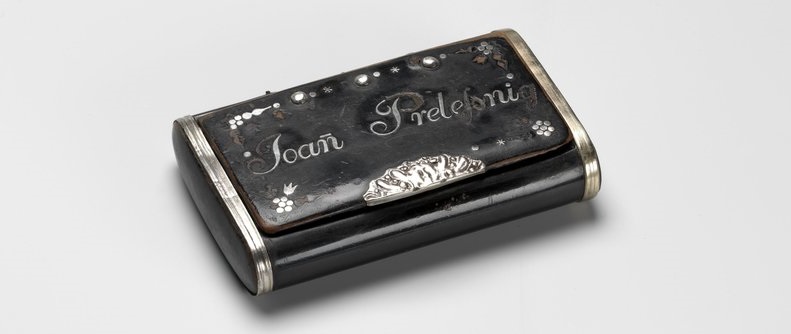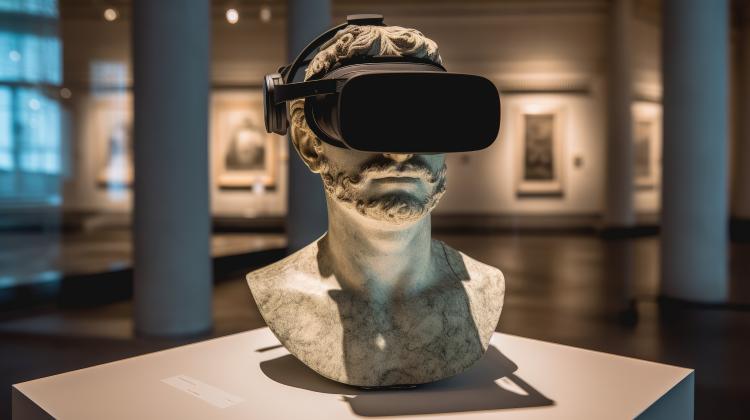Researchers to explore smells of historical objects
Scientists are looking to compile an international archive of how historical objects smell.
The joint Polish-Slovenian initiative will analyse the odours and their historical significance in an attempt to develop a new interpretation and a new narrative of the description of the object.
Featuring 10 objects, which include Leonardo da Vinci’s Lady with the Ermine, head conservator Elżbieta Zygier from the National Museum in Kraków said: “Institutions often perceive odours emitted by objects as unnecessary information, and even be unwanted pollution. However, the visitors will now be able to explore the smell of historic objects in a completely new and little researched way. This really is a breakthrough project.”

Beginning on December 1 and lasting three years, the researchers will carry out chemical analysis of volatile organic compounds emitted by heritage objects that constitute the odour.
They will then attempt to combine the odours with the study of the objects’ history and scientifically reconstruct the smells.
The entire process will be documented and used to develop an archive of smells of heritage objects called ODOTHEKA.
Darko Knez from the National Museum of Slovenia said: “Smells often associated with museum objects reflect their historical use - perhaps conservation treatments, or they can +simply+ reflect their degradation.
“This project will allow us to examine unique objects, such as the belongings of Slovenian national poet France Prešeren, and tell their story from a completely new point of view.”
The project is is funded through the CEUS scheme in collaboration between the Polish National Science Centre and ARRS (Slovenian Research Agency).
The research team members are: Dr. Tomasz Sawoszczuk, a professor at the Cracow University of Economics,; Professor Matija Strlič from the University of Ljubljana, Elżbieta Zygier from the National Museum in Kraków and Darko Knez from the National Museum of Slovenia.
PAP - Science in Poland
akp/ agt/ kap/
tr. RL
Przed dodaniem komentarza prosimy o zapoznanie z Regulaminem forum serwisu Nauka w Polsce.
















